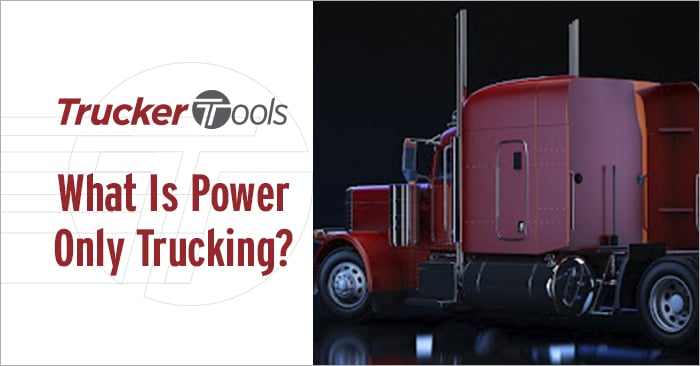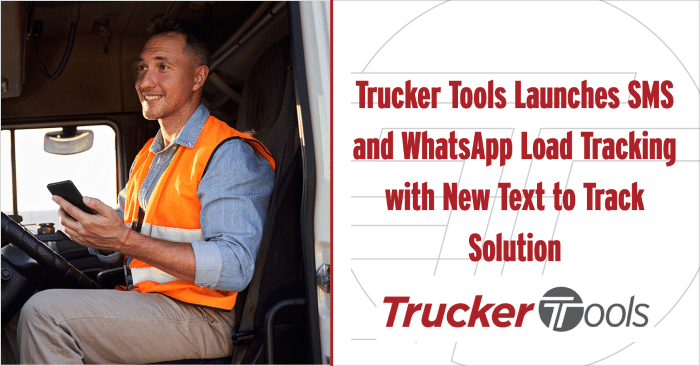All of us who are part of the Trucker Tools team love interacting with owner operators and truckers like you from all around the country. We recently had a question come through the Trucker Tools Facebook page asking about power only trucking and what it is. In this blog, we answer that question and provide you with the basics on power only trucking, including the advantages and disadvantages it can offer. We’ll also discuss why power only trucking has gained popularity over the last few years, particularly since the pandemic began, and where you can find and book power only loads and reloads.
Power Only Basics
When you run power only (also known as drop and hook), you provide only the tractor and the driver to the shipper or broker. In most other kinds of trucking, you’d also provide the trailer. With power only, you don’t bring a trailer to the pickup point, but instead hook up to and haul a trailer that is owned or leased by the shipper/broker. Once you get to the final destination, you unhook the trailer from your tractor. In many cases, power only trailers are already preloaded. As a power only carrier, you may run flatbed and open deck, dry van, reefer and/or shipping containers. Power only capacity gives shippers, brokers and carriers greater flexibility.
Advantages and Disadvantages of Power Only
As a carrier or owner operator, power only may be an attractive option for you because it doesn’t require that you own or have access to a trailer. If you’re just beginning your career in trucking and have limited access to capital, power only can be a good way to get started in the industry. Running power only can help you increase your efficiency as a carrier because you don’t have to spend a lot of time matching specific types of loads with equipment. Perhaps the greatest advantage of power only trucking is that you/your drivers don’t have to deal with long waits at shipper and receiver facilities.
There are, of course, disadvantages to power only trucking, as well. Not every shipper or broker has power only loads, so that limits the variety of loads that are available to you. Spot market power only loads also are harder to come by. You may see more deadhead miles running power only and you don’t have control over the condition of the trailer that you may be hooking up to your tractor. Liability insurance costs for power only can be high, too, which can be a disadvantage.

Why Power Only’s Popularity Has Increased
Some of the nation’s largest carriers and freight brokers have added power only capacity options over the last 12 to 18 months. A large percentage of new carrier authorities are believed to be power only carriers, as well. The popularity of power only has grown because it allows carriers and owner operators like you to capitalize on current demand without investing in additional equipment. Tractor and trailer manufacturers are still struggling to keep pace with demand for new equipment and power only is great way to take advantage of high demand for capacity when trailers can’t be purchased due to supply shortages. Detention/dwell times have increased significantly since the pandemic began, which is another reason why the popularity of power only trucking has grown over the last year and a half. It’s worth noting that finding truck parking has become a major issue in recent months and that it’s much easier to find parking for just a tractor instead of a tractor and trailer.
Where To Find and Book Power Only Loads
As an owner operator, you can search for and book power only loads through the Trucker Tools driver app. If you’re a trucking company, you can find and book power only loads using Trucker Tools’ free software platform for carriers. When you search for power only loads with the app or carrier platform, you’re also shown power only reloads on each load in your search results. For general information on where demand and rates for power only will be high and low in the near future, be sure to check out Trucker Tools’ “Where’s the Freight?,” our free freight forecast for owner ops and carriers that’s published three times each week.
If you’re still using load boards, be sure to read 10 Reasons To Use Trucker Tools’ Load Search Over Load Boards.
To download the Trucker Tools app, visit https://www.truckertools.com/carriers/.
To start using Trucker Tools’ free carrier software platform, visit https://bookaload.truckertools.com/.






